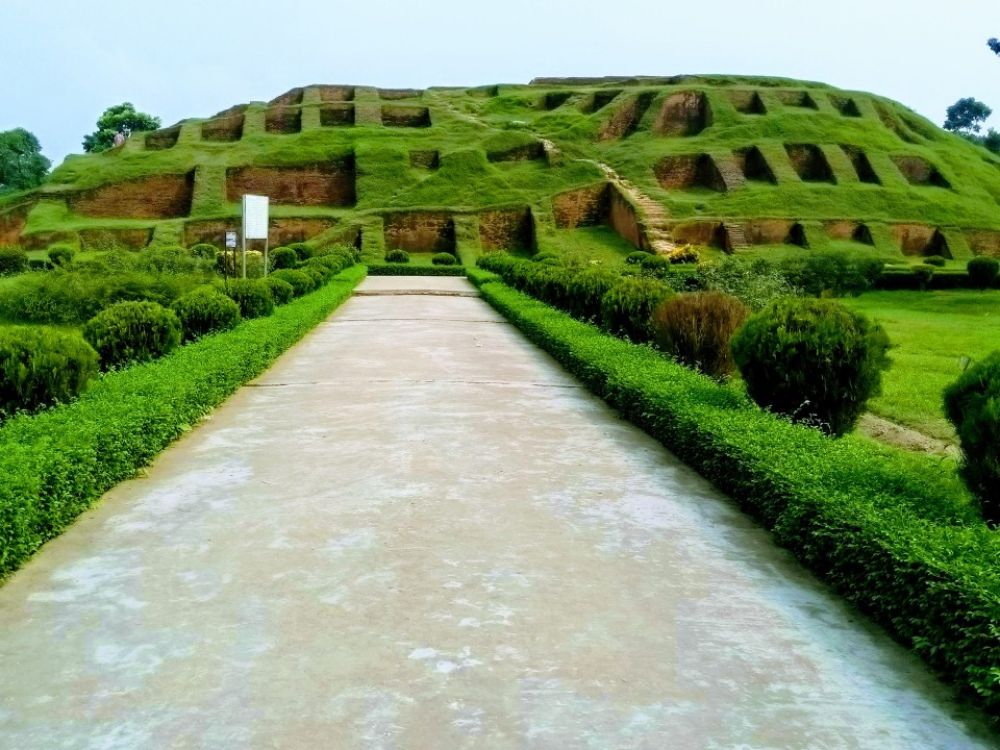Mahasthangarh, located in the Bogra District of Rajshahi Division in Bangladesh, is one of the oldest archaeological sites in the country. This ancient fort city, situated on the western bank of the Karatoya River, dates back to at least the 3rd century BCE. It served as the capital of the Pundra Kingdom and was known as Pundranagara. The site encompasses a fortified area with remnants of a city wall, citadel, and a vast number of other structural remains and artifacts. Mahasthangarh illustrates the rich cultural and historical narrative of the region, reflecting its past significance as a hub of politics, economy, and cultural fusion. Notable findings at the site include terracotta plaques, stone sculptures, inscriptions, coins, and ceramics, showcasing a diverse history influenced by Hindu, Buddhist, and Muslim presences over the centuries. The Mahasthan Museum located nearby offers insights into the excavations and displays a collection of the objects unearthed from the site. Visitors to Mahasthangarh can explore the archaeological landscape, visit the shrine of Shah Sultan Balkhi Mahisawar, and witness the Govinda Bhita Hindu temple site, providing a unique journey through time and history.

